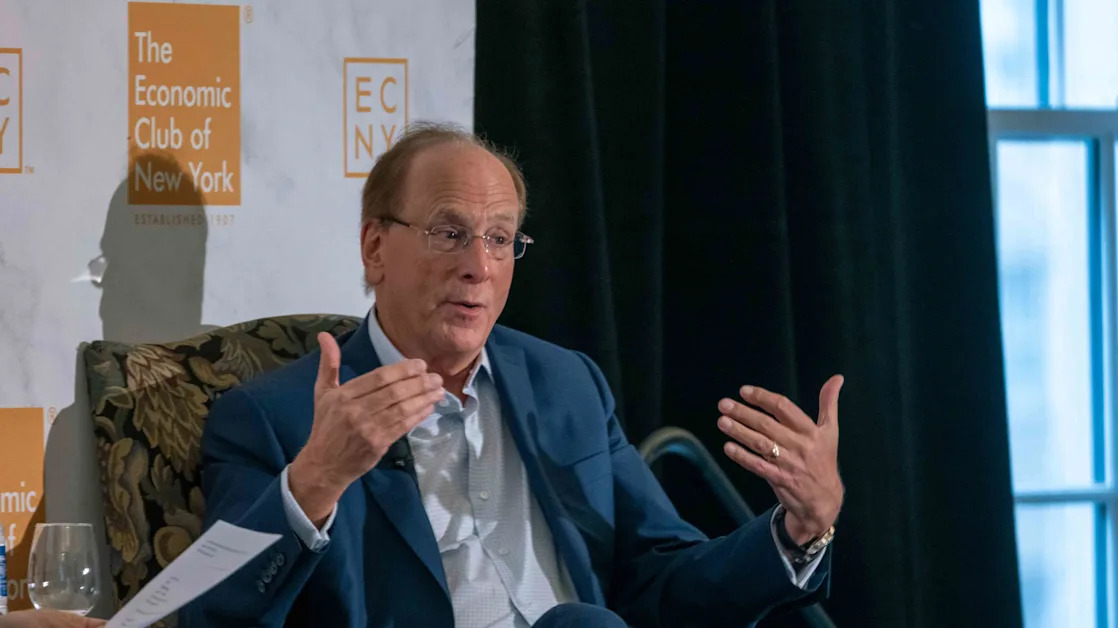
Key Takeaways
If the U.S. economy avoids a downturn caused by tariffs, economists see growing risks of financially painful "stagflation."
Forecasters are
still divided
on whether President Donald Trump's trade wars will drag the economy into a recession. But even if the recession is avoided, many recent forecasts have highlighted the risks of a period of high inflation and slow economic growth called "
stagflation
." Numerous forecasters, including officials at the Federal Reserve, anticipate tariffs will slow economic growth and hurt the job market while driving up consumer prices.
Lindsey Piegza, chief economist at Stifel Financial, is among those who believe the job market and consumer spending are resilient enough that the economy will likely avoid an outright recession from the trade wars, assuming the
recently announced tariffs
are
negotiated down
.
However, that doesn't mean everything will be rosy for the economy. She believes economic growth will be near zero for the next few quarters.
"You're essentially at a non-accelerating economy, and if we see that non-acceleration perpetuate into the second half of the year, I think a prolonged period of stagflation is a significant risk for the U.S. economy," she said. "In fact, I would say that is the larger risk than an outright downturn or recession."
Piegza is not the only prominent economist sounding the stagflation alarm. Adam Posen, president of the Peterson Institute for International Economics, raised the issue in an article for Foreign Affairs this week. The potential effects of the
U.S. raising tariffs against China to 145%
might as well be a ban on trade with the country, he wrote.
"The supply shock from drastically reducing or zeroing out imports from China, as Trump purports to want to achieve, would mean stagflation, the
macroeconomic nightmare seen in the 1970s
and during the COVID-19 pandemic, when the economy shrank and inflation rose simultaneously," Posen wrote.
How bad is stagflation? In the 1970s, the last time the U.S. underwent a long period of high inflation and slow growth, economists invented a way to measure it. It's a combination of the inflation rate and the unemployment rate called the "
misery index
." The name references how hard it is for people's budgets when prices are rising and the difficulty of finding work in a stagnant economy.
The Fed Struggles With Stagflation Historically
As tough as stagflation can be on everyday household budgets, it's also not a walk in the park for central bankers.
Their main tool for influencing the economy—monetary policy—can help fight inflation or boost the job market, but not both at the same time. The Fed can cut its benchmark fed funds rate to boost the economy, but it might be reluctant to do so if inflation were above the central bank's target of a 2% annual rate. The Fed could raise rates to fight inflation, but that would damage an already wounded job market.
Federal Reserve Chair Jerome Powell acknowledged the difficulty of fighting stagflation
in a speech Wednesday
, calling it a "challenging scenario."
"Stagflation really puts policymakers into the corner, rendering traditional monetary policy metrics that would be used to stimulate the economy essentially useless," Piegza said. "The Fed would be inclined to raise interest rates to try to root out inflation. But the economy is already extremely sluggish. And vice versa. ...So I think stagflation is the biggest risk the U.S. economy faces at this point."
Read the original article on Investopedia





